Shopify Plus has been growing astronomically over the last few years, with merchants of all sizes from all over the world seeing the appeal of reduced sys-admin overhead, unquestionable scalability, simple admin and order management, and impressive flexibility.

I’ve recently started working with Shopify Plus as a second platform, simply due to the relevance to my clients and the level of demand around it. I actually don’t see it as a Magento competitor, but rather a solution that fits a section of the market that arguably isn’t suited to Magento. I recently recommended Shopify Plus to a merchant I was talking to, purely because they were looking for a solution that could scale well, doesn’t require any significant ongoing development / maintenance work and they didn’t need the core Magento features (very small catalog, very simple front-end, no complex integrations / custom modules etc).
Over the last few years, there have been lots of well-known brands that have moved onto Shopify Plus – here are some examples:
Finisterre
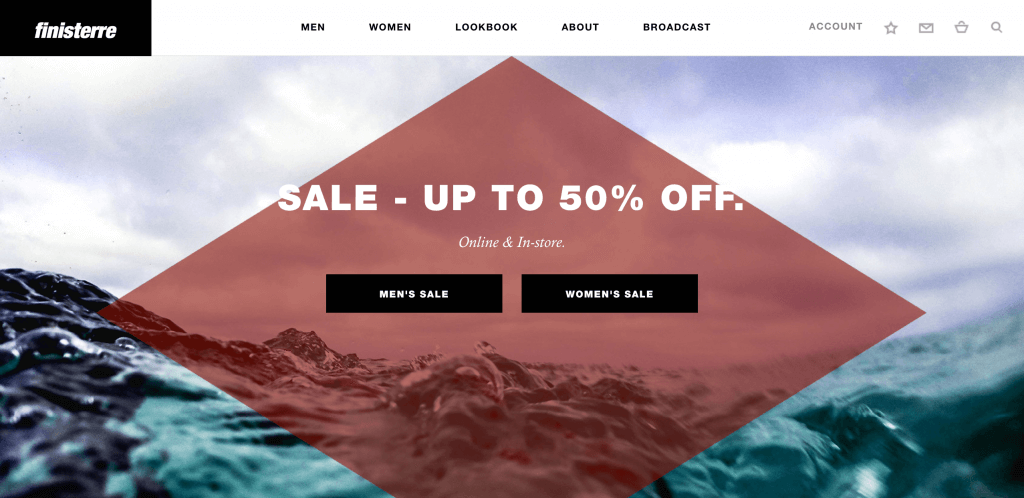
The New York Times Store
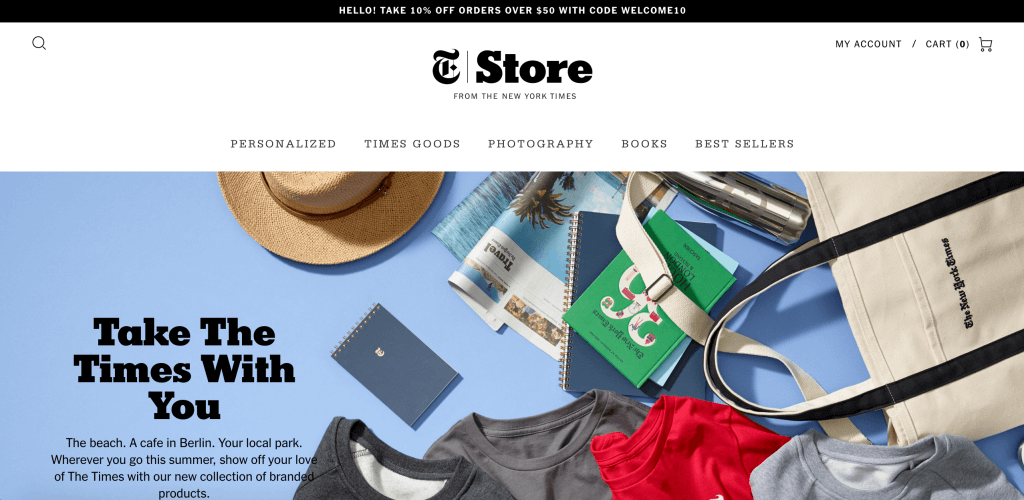
Pavers
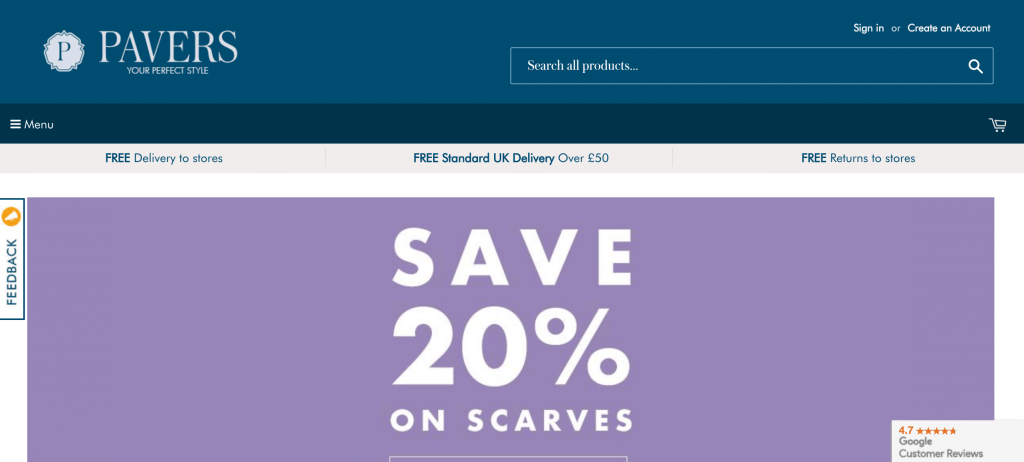
Skinny Dip
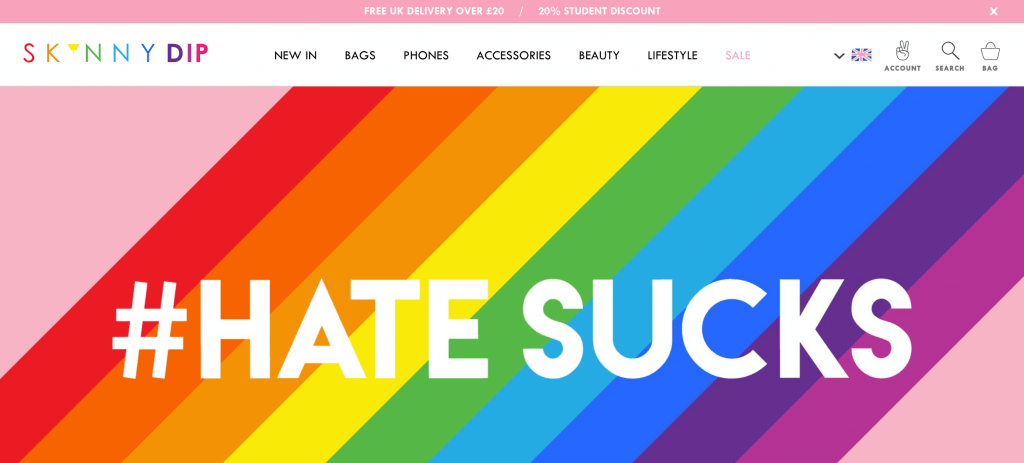
Gymshark
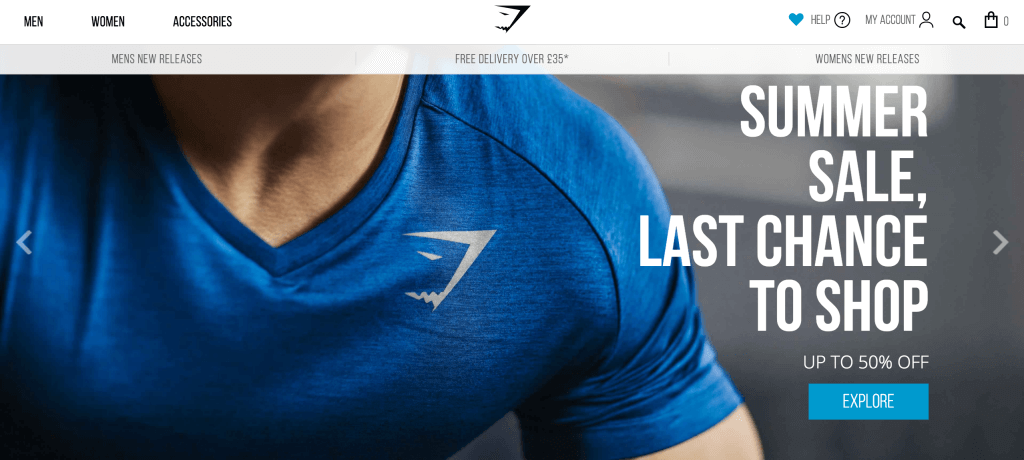
Bulova

Shore

Vanity Planet

These stores include replatforming projects from various different eCommerce platforms, including Magento Community, Magento Enterprise, Demandware / Salesforce Commerce Cloud and bespoke platforms.
Who should and shouldn’t be using Shopify Plus (in my opinion)?
I personally believe that Shopify Plus is almost perfect for a specific sub-set of online retailers, who broadly meet these criteria:
- Relatively simple product catalog – not a huge number of SKUs (less than ~30k), doesn’t require complex product types, advanced product attributes and attribute-sets, doesn’t require back-end customisations etc
- Very little technical skill / knowledge in-house – Shopify Plus is ideal for retailers looking to focus on merchandising / growth rather than the technical side of things. This can be a big cost-saving and make trading a lot easier for merchants who are fed up of and restricted by the maintenance overhead with platforms like Magento.
- Turning over more than £1m online – Based on my experience with Shopify Plus so far, I don’t think there’s really a glass ceiling in terms of volume / turnover; it’s more about your requirements. That said, I’d say in order to be really benefitting from Shopify Plus over the smaller Shopify packages, you should probably be turning over at least around £1m online (or projected to do so).
- Relatively straightforward trading processes – Shopify is a lot harder to customise than some other platforms, so not relying on custom processes and logic for things like merchandising, promotions, customer management, order management etc will make things easier.
- No core hacks / changes required – Shopify is a closed platform, so very complex customisations won’t be possible. This, in my opinion, is a good thing, but it makes the platform less suitable for certain types of merchants.
- Trading in a single country / region – the international setup is not quite there yet and overall I’d say they really need a full multi-store setup before they can really compete with some other platforms. There are lots of examples of stores trading in multiple territories using Shopify Plus, but they’re likely to be using an ERP or PIM to drive the product management and there are also likely to be lots of workarounds in place. Someone I worked with was using Langify for localised product descriptions, but it’s pretty basic and doesn’t allow for things like manually defined pricing, catalog nuances, region-specific promotions etc.
- Just B2C – one of the key things that Shopify Plus doesn’t have is a B2B offering, both in terms of the out of the box feature-set and in the readily available modules. Not being able to support multi-store, complex pricing rules, complex customer permissions and pricing etc makes B2B very tricky with Shopify.
Why would an online retailer choose Shopify Plus?
For me, the primary reasons I’ve seen people move across to Shopify Plus (or even select Shopify Plus), are:
- Less technical knowledge / input required
- Far less ongoing maintenance required (no upgrades, security patches, module upgrades etc etc)
- Reduced time to market
- Reduced cost (not always but usually)
- Simplicity of the back end
- Fully hosted, SaaS platform (server management and scalability handled by Shopify)
I think these are all really important benefits of using Shopify Plus, which make it more attractive than a solution like Magento to certain types of merchants. That last bit is key: I personally see Shopify Plus being suitable for merchants who are looking for less technical and maintenance overhead, so they can they focus on the trading and marketing.
This would generally only be suited to a company that don’t require too much custom development work and have a fairly straightforward set-up, purely because of how Shopify Plus is built. A solution like Magento, who appear to be focusing on the enterprise B2C market and large B2B customers, is more designed to cater for more complex catalogs and setups and allows for a huge amount of customisation, as does something like Shopware or Hybris.
For me, Shopify Plus’s place in the market is more for high volume merchants in verticals like fashion, where the catalog is likely to be just simple and configurable products with a few front-end customisations. I think it’s a very, very appealing proposition for these types of merchants, as it can save a huge amount of time and money for their team.
Shopify Plus vs a mid-level functional specification
I’ve ran a few RfPs and requirement gathering projects recently, where I’ve been comparing a functional specification against the native feature-set of different platforms and defining what can be achieved via third-party extensions and customisations. I’ve taken a sample of some of the requirements and listed them in a table below, along with what’s needed to achieve a sufficient level of functionality with Shopify Plus.
| Requirement | Achievable with Shopify? | Detail |
|---|---|---|
| Multi-warehouse support | Non-native | Shopify Plus doesn’t support multi-warehouse out of the box, however it can be achieved via a third party (such as eComDash or Stitchlabs) or if you’re using an ERP to handle this side of things. |
| Creating custom reports | Native | You can use the Reports Publishing API to publish reports to the Reports page in the Shopify admin. More information can be found here. |
| Product personalisation | Non-native | There’s no functionality specifically for personalising products out of the box, but it’s possible using a third party, such as Product Customizer. MageWorx has also developed an advanced product options module, which allows for customisable options. |
| Pre order functionality | Non-native | You can allow for pre-orders via a slight customisation to the product detail page templates, or you can use one of the available third-party modules like PreOrder Me and Pre-Order Manager. |
| Bundled products | Non-native | Available with third party modules like Buy X Get One Free and Ultimate Special Offers. |
| Complex shipping rules | Native / third party | Shopify does allow for shipping rules natively, however if you’re looking to create a complex matrix, you may want to use a third party such as Temando. |
| Third party integration with standard ERPs | Yes | Shopify Plus is able to integrate with almost any ERP solution using the RESTful API. There are also various middleware solutions available which reduce the amount of development work that’s needed. |
| Advanced Tax Rules | Native / third party | You can set up location-based tax rules using the Shopify admin. Anything more advanced might require a solution like Avalara. |
| Different pricing for different customers | Non-native | While there are no out of the box solutions for this, something like the Customer Pricing app from Bold Commerce can achieve this. |
| Tiered pricing | Non-native | Not a native feature, but available with apps like Quantity Breaks. |
| Technical SEO requirements | Yes | Technical SEO changes have been notoriously tricky to implement with Shopify historically; however, there are various options around implementing things like hreflang, meta robots directives, custom canonical logic etc. There are a few modules available that can handle this side of things, but developers are also able to create solutions for these technical requirements. |
| Multi-currency, multi-language | Non-native | Shopify Plus would ideally require different instances which are updated via data being pushed in from your ERP or a PIM, but there are also some hacks, using solutions like Langify. The ERP or PIM solution would allow for different pricing files too, as opposed to it just being based on a exchange rate. |
Shopify Plus TCO (Total Cost of Ownership)
This one of the big positives of the platform – it’s likely that Shopify Plus will work out cheaper than Magento EE and even CE generally, due to the development & support retainers and hosting costs required to run a Magento store. In my experience, the average Magento 2 store will require a support retainer of at least £1,000 per month and a BAU development retainer of at least £2,000 per month, before you start thinking about material projects. Shopify requires very little ongoing development support, outside of any front-end changes you might want to make in the future, which reduces costs significantly. Most Shopify Plus merchants are currently $2,000 per month, which includes account management support and all hosting costs.
Also, when front-end changes are required, the rates are generally considerably lower than the average Magento agency, due to the lower level of complexity and lower cost developers.
Integrating Shopify Plus with third party systems
Being one of the more mainstream platforms out there on the market, Shopify Plus (like Magento) has been integrated with the majority of third-party systems that you might need or use, including ERPs, fulfilment services, payment gateways and so on. This is usually handled by middleware, such as Patchworks, or with a custom integration. There are also third party companies who handle commonly used integrations, such as with Microsoft Dynamics or with SAGE.
Shopify Plus also has lots of existing integrations that are available as modules, for things like NOSTO, Klevu, dotmailer, Yotpo, Xero etc.
Key limitations of Shopify Plus
No eCommerce platform is perfect. The simplicity of Shopify Plus can be a double-edged sword, and many of the issues stem from the bare bones style of the platform. Here are some of the main limitations I’ve noticed:
Lack of multi-store functionality
Not being able to manage multiple storefronts at different levels is the most recognised weakness of Shopify Plus. As I touched on above, this makes managing multiple brands (in terms of catalog changes), B2B and internationalisation a lot harder than with a solution like Magento, for example.
I’ve heard rumours that this will be coming in the not so distant future – but I’d say it’s a big thing that they need in order to really up their game with larger stores.
Relatively weak CMS functionality
Shopify is primarily an eCommerce platform, so it’s unsurprising that it falls a bit flat in managing non-product content compared to CMS options out there, however the announcement of Bluefoot from Magento could be a big differentiator for content-led retailers. While this isn’t a problem for most sites, if the store is only part of the requirement, you could going to run into issues maintaining two systems.
Relatively weak catalog management and merchandising (e.g. attribute management, product options and search)
While Shopify’s OOTB search solution is ok (better than Magento’s), it definitely has its limitations. There’s no product filtering on the search – so you wouldn’t get any of the options that are available with a category page, for example. There’s also no corrective or suggestive search, so any mistakes your users make with product names will come up with no results. While there are apps and themes that you can use to fix these issues, search is such a core part of ecommerce functionality that it’s something really that should come default.
Another thing that Shopify Plus doesn’t do well is product attributes, which in Magento allows for advanced product configuration and for custom data points and fields to be added to products. Magento also allows for different types of products to have individual attribute sets, so that the fields and filtering options for cameras are different to football shirts, for example. In Shopify, you can use metafields, but there’s nowhere near the same level of customisation and data that can be handled – they also don’t offer different sets of metafields for different groups of products out of the box.
The same applies for product options, but as with the majority of these areas, you can use a third party module to achieve a similar level of functionality. This module from Bold Commerce provides advanced product options.
Conclusion on Shopify Plus
Shopify Plus has carved itself a nice niche in the market. While it may not be the optimal solution for everyone out there, for those that require a hosted, reliable platform with very little technical overhead, it’s perfect.
There is a huge amount of potential with Shopify Plus for a merchant without complex requirements. Not everything is available out of the box – but the Shopify app store is filled with modules and integrations to help suit pretty much every need. Take some of the points around attributes for example, this functionality can be extended considerably with some of the apps available. The lack of back-end complexity also means that Shopify Plus can be a very affordable solution too (reduced post-launch agency costs) and I’m finding myself recommending the platform a lot at the moment, particularly to smaller retailers.
I think the other thing is that Shopify Plus are likely to build on the existing feature-set a lot in the coming months and years, which will help them to start competing for more complex and larger build projects.
One Response
Great article Paul. Very in-depth review. We are building a website to be a droship supplier for shopify sellers. SO, i was doing a research on which platform to use so that its easy for shopify sellers to import products and other info from our store and sync it with their store.
So, far i think Magento 2 is still a winner for our requirement, but Will keep my research on 🙂